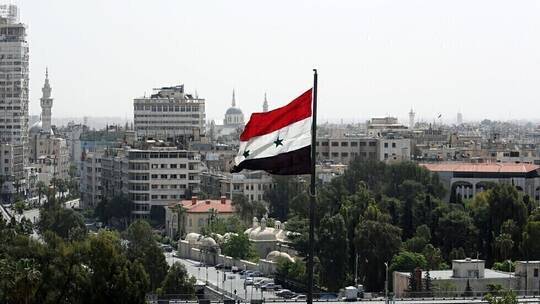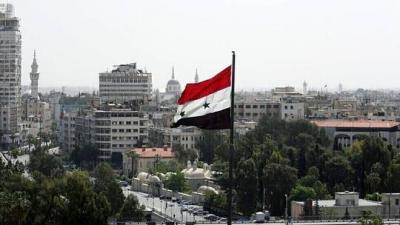Rabih Elyas, director of the "Wadrafm" alternative energies company in Syria, stated that this institution owns the only factory in the Arab world that currently produces wind turbines. He added that the spread of clean alternative energy has begun in Syria, including the production and installation of alternative sources for electricity generation. Elyas mentioned that "the company studied the experiences of other countries over the years, and after mastering this modern technology, we signed contracts to supply equipment from Germany. However, the war intervened. Now, we have just started production."
The director noted that the factory's capacity allows for the production of one turbine per week, which amounts to about 90 units per year. He confirmed that the most challenging part of the process is making the blades, which are reminiscent of submarines, measuring 50 meters in length, 4 meters in height, and weighing 12 tons each. However, he refused to disclose the ultra-strong and lightweight materials used in the manufacturing of the blades. The director emphasized that Syrian specialists have managed to improve the blade manufacturing technology.
Rabih Elyas explained, "This blade can withstand a lightning strike of 120 million volts without any damage. It is extremely flexible, and under wind pressure, its vibration can reach 7 meters in every direction. It requires no maintenance for 25 years." The climate in Syria is ideal for using wind turbines; in winter, there is no severe frost, meaning the equipment will not freeze as it does in Europe, and the winds here are continuous and strong, in the desert, along the Mediterranean coast, and in the Golan Heights.
Valerina Elyas, an employee at the factory, said, "The stronger the winds, the greater the turbine's output. For example, the wind speed now ranges from 6 to 8 meters per second, producing more than 700 kilowatts." She added, "So far, only two turbines have been installed near Homs. The first was launched a year and a half ago, and during this period, it has already generated 16 million kilowatt-hours. This is enough to power 5,000 homes. The state purchases the produced electricity."
Engineer Ghadban Salama noted, "Due to a lack of practical experience, we faced significant difficulties in installing the first turbine. It took 45 days from pouring the foundation to operation. The installation of the second was much easier. We are gaining experience, and later the process will take much less time."
Syria currently suffers from a severe electricity shortage. During the war, many power plants were destroyed, and armed groups looted equipment, while sanctions prevent the purchase of new equipment; however, they do not include alternative energy equipment. Thanks to this, the factory obtains components directly from Germany. The factory currently operates exclusively to meet local market needs. According to the Ministry of Energy's plan, approximately two thousand wind turbines are scheduled to be installed in the country by 2030, with a total capacity of 5,000 megawatts annually. This represents about 80% of Syria's total energy needs.




